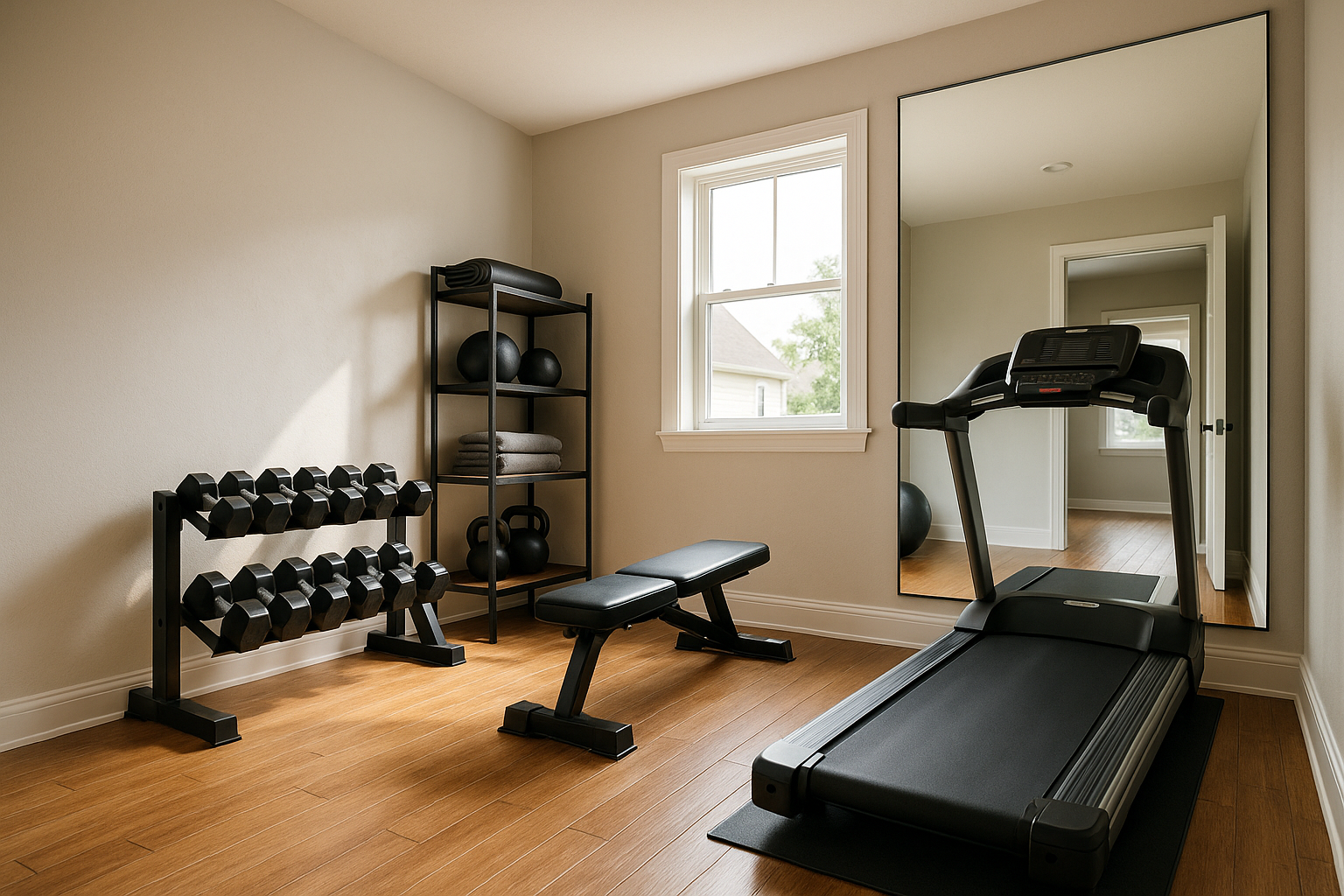"Revitalizing Spaces: The Transformation of Unused Rooms into Home Gyms"
We all have that one room or area in our homes that seems to collect clutter. It's a space where unused items find their final resting place, gathering dust. What if we could transform these unused spaces into something functional and beneficial to our daily lives? The latest trend among homeowners is converting these spaces into home gyms. This article dives into the history, practicality, and current market trends of transforming unused rooms into home gyms.

The History of Home Gyms
The concept of home gyms isn’t new. In fact, the idea existed as far back as the Roman times, where the wealthiest Romans would have exercise rooms in their villas. However, the modern concept of home gyms emerged in the late 20th century, when health and fitness started to gain importance. The rise of technology, such as workout videos and later, digital fitness platforms, made it increasingly practical to exercise at home.
Current Design Trends in Home Gyms
Today, home gym design has evolved from a simple workout room to a fully functional and aesthetically pleasing part of the house. Homeowners are incorporating stylish, modern elements like mirrored walls, innovative storage solutions for equipment, and dedicated spaces for different types of workouts. High-tech fitness equipment, like interactive treadmills and weight systems, are also becoming popular features.
The Practicality of Home Gyms
Home gyms offer an unmatched level of convenience. There’s no commute, no waiting for equipment, and no monthly membership fees. Plus, having a workout space at home allows for a personalized, private environment where you can focus on your fitness goals. The COVID-19 pandemic has further emphasized the importance and practicality of home gyms, with many people preferring to exercise at home to maintain social distancing.
Market Trends and Daily Living Enhancement
The home fitness equipment market has seen explosive growth over the past year. According to a report by Research and Markets, the global home fitness equipment market size is expected to reach $14.74 billion by 2026. This growth is driven by rising health awareness, the popularity of home workouts, and the ongoing pandemic situation.
More than just a place to exercise, a home gym can greatly enhance daily living. Regular physical activity can help improve mental health, increase productivity, and promote better sleep. Having a dedicated space for this activity within the home makes it easier to maintain a consistent exercise routine.
In conclusion, transforming unused spaces into home gyms is a trend that combines design, functionality, and health. It’s a trend that improves not just the aesthetic of our homes, but our quality of life as well. So, the next time you look at that unused room, imagine the possibilities—it could be your new favorite place in the house.




